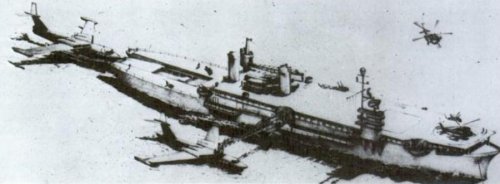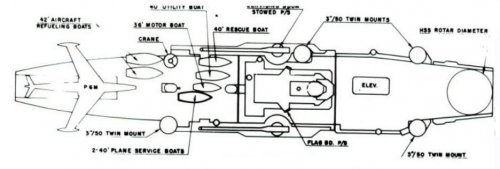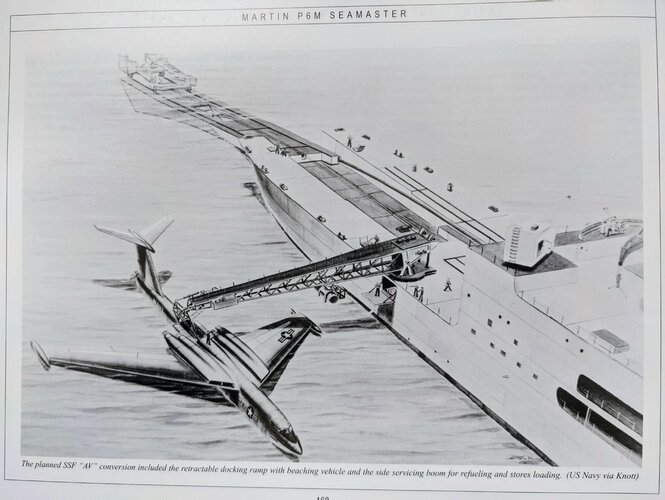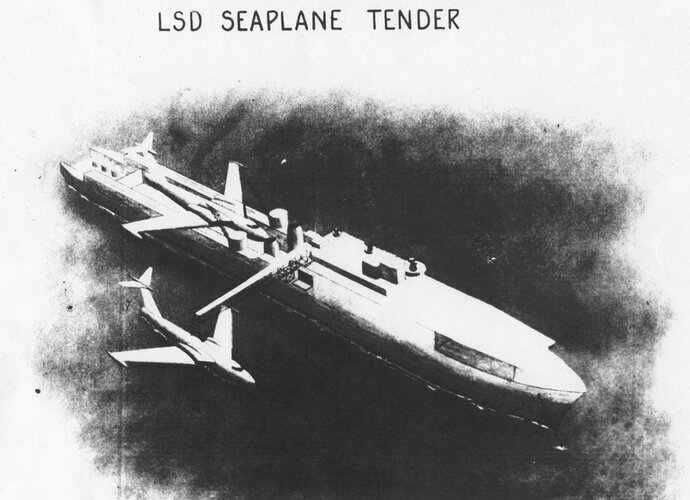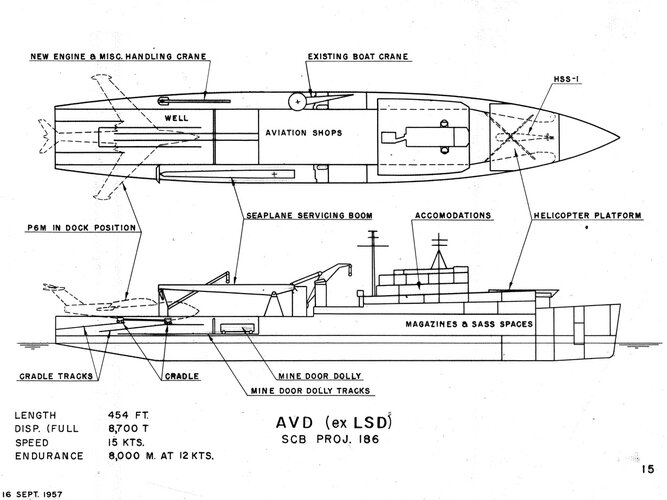A mid-1950s proposal was to convert escort carriers of the Commencement Bay class into sea plane tenders for the Martin P6M SeaMaster jet sea plane bomber. According to Friedman, this conversion program died when the P6M was canceled to offset the cost of the Polaris missile program.
Images from US Aircraft Carriers: An Illustrated Design History by Norman Friedman (1983).
http://books.google.com/books?id=-UT7MDTeKj8C&pg=PA346&lpg=PA346&dq=Commencement+Bay+seaplane+tender&source=bl&ots=HTbk_LCwMa&sig=uSEV06NeWzHPCHtiaNvjDDTfoxs&hl=en&ei=wkNmSom4D43usQO55IjbDg&sa=X&oi=book_result&ct=result&resnum=3
http://en.wikipedia.org/wiki/Commencement_Bay_class_escort_carrier
http://en.wikipedia.org/wiki/P6M
Images from US Aircraft Carriers: An Illustrated Design History by Norman Friedman (1983).
http://books.google.com/books?id=-UT7MDTeKj8C&pg=PA346&lpg=PA346&dq=Commencement+Bay+seaplane+tender&source=bl&ots=HTbk_LCwMa&sig=uSEV06NeWzHPCHtiaNvjDDTfoxs&hl=en&ei=wkNmSom4D43usQO55IjbDg&sa=X&oi=book_result&ct=result&resnum=3
http://en.wikipedia.org/wiki/Commencement_Bay_class_escort_carrier
http://en.wikipedia.org/wiki/P6M

